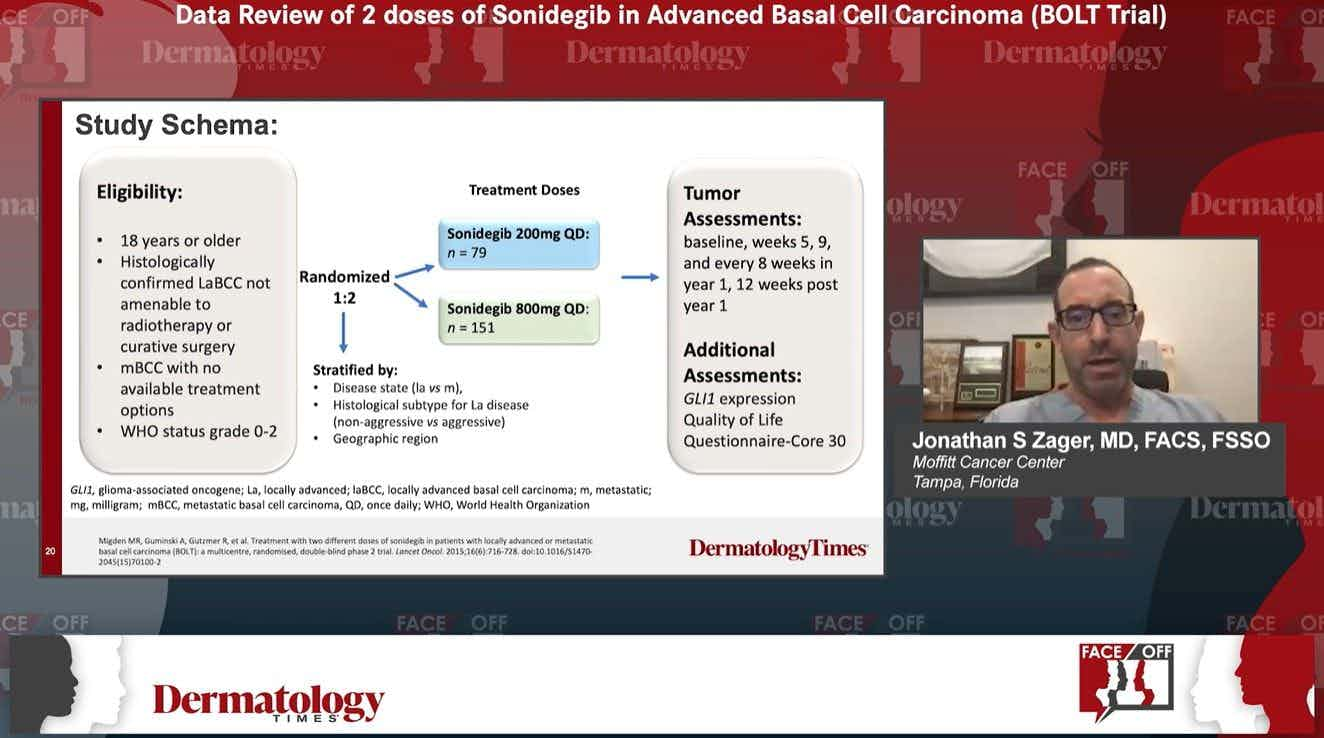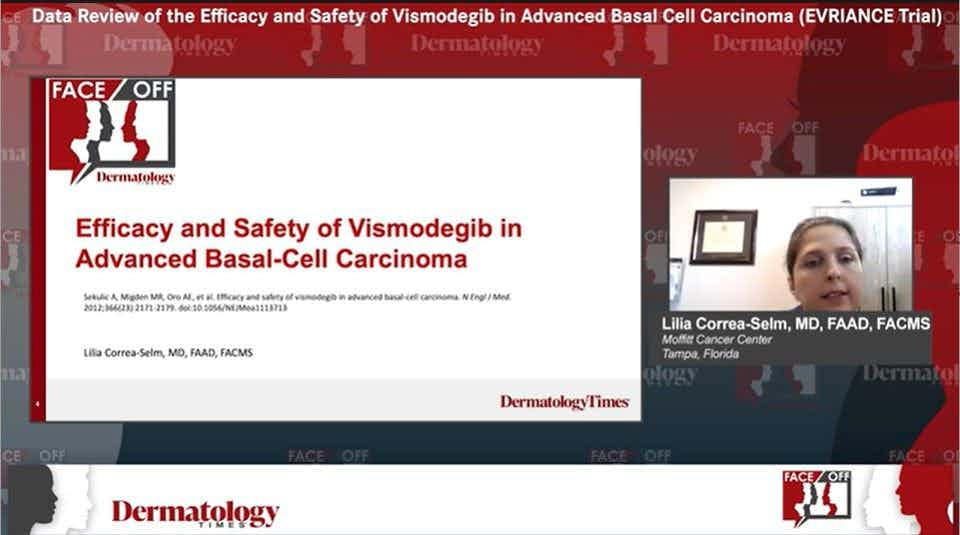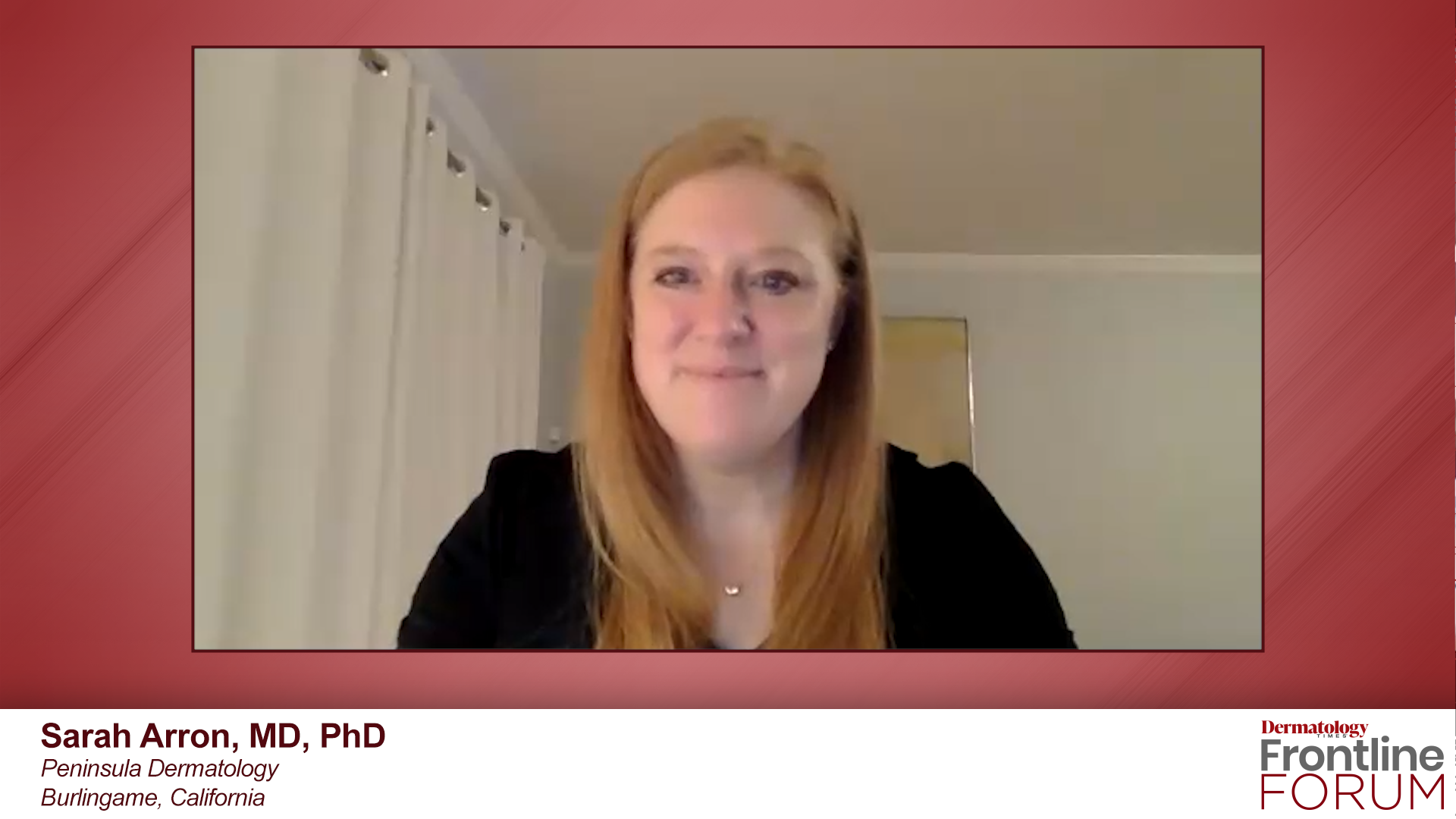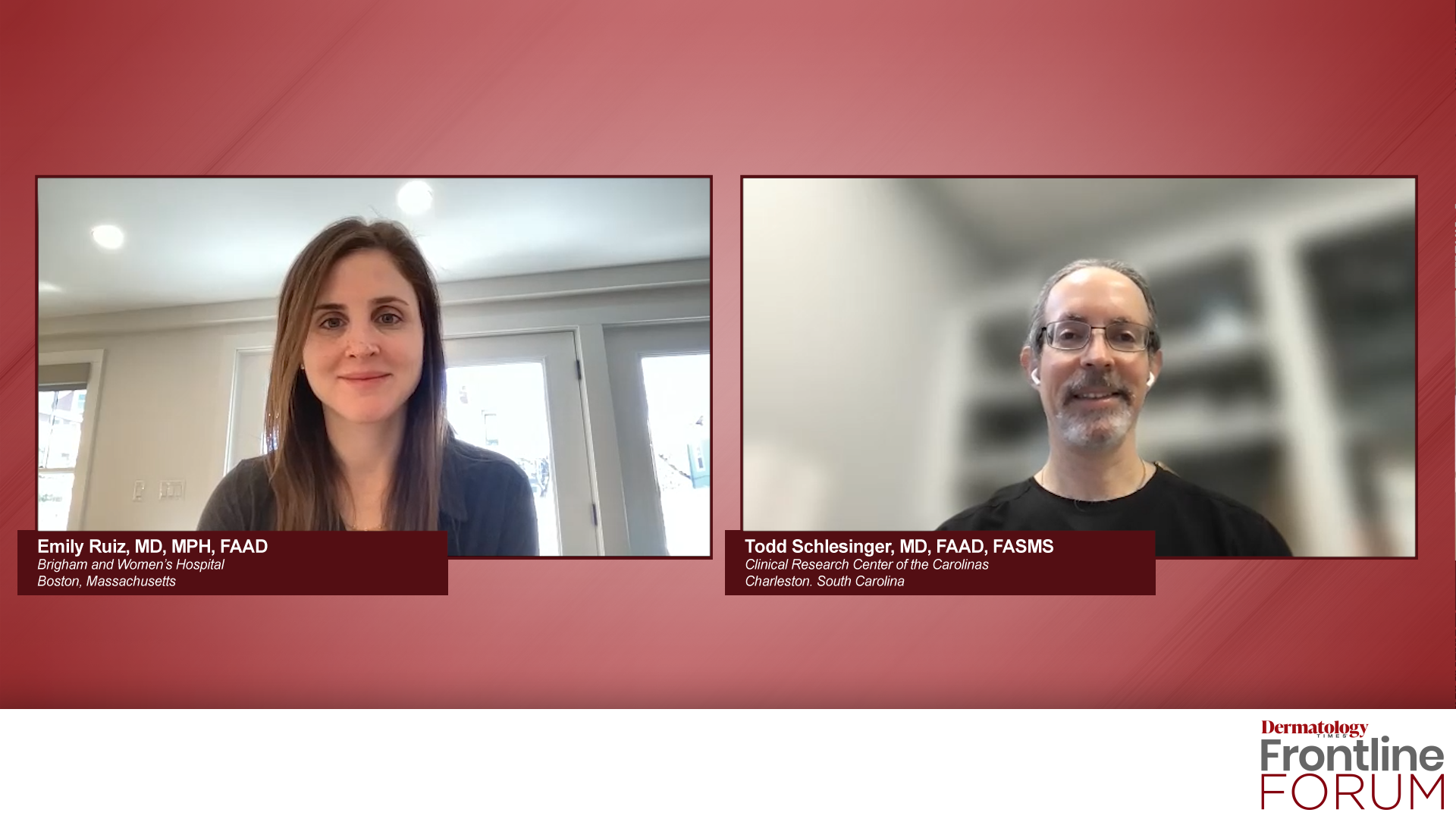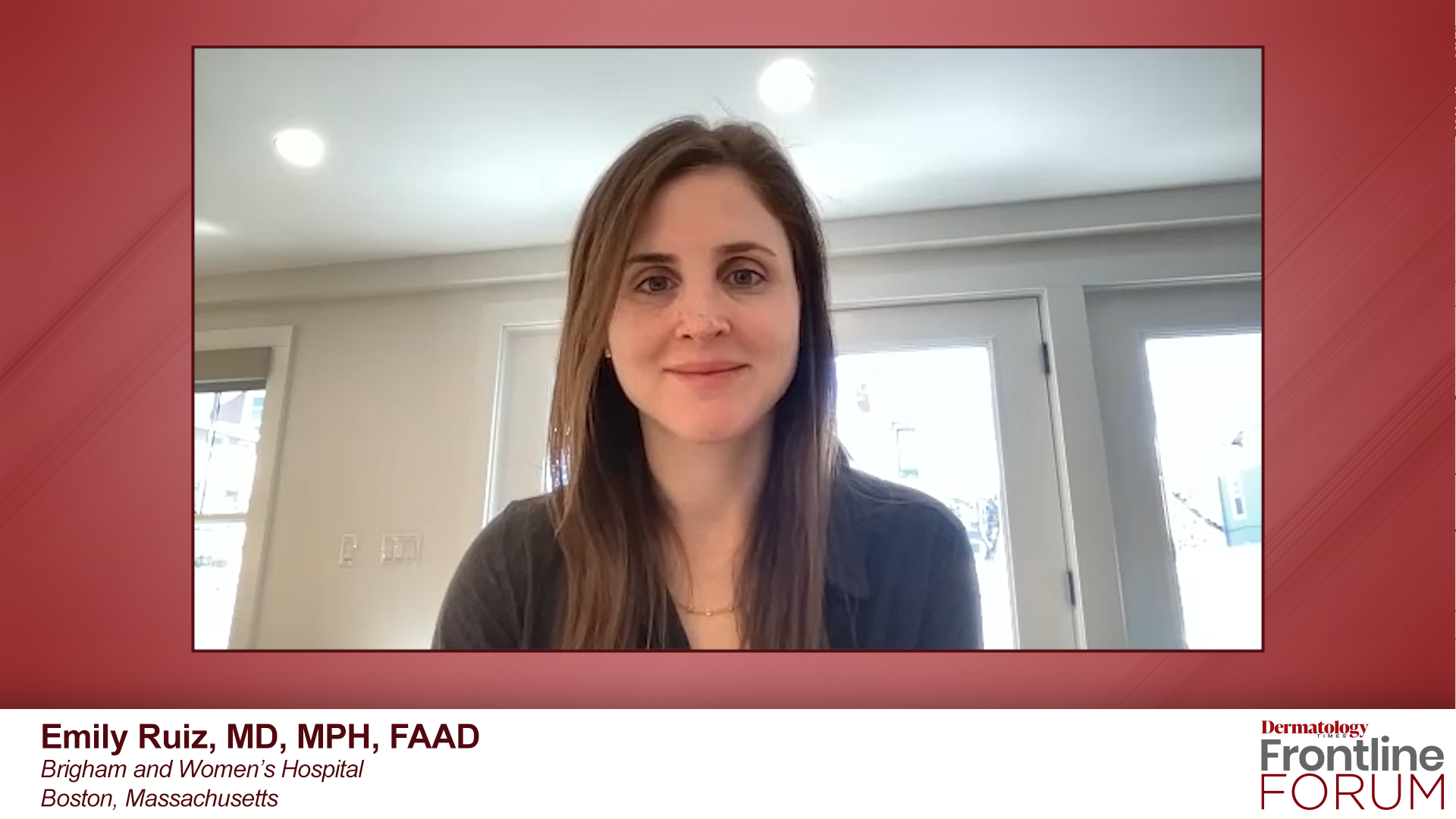- Acne
- Actinic Keratosis
- Aesthetics
- Alopecia
- Atopic Dermatitis
- Buy-and-Bill
- COVID-19
- Case-Based Roundtable
- Chronic Hand Eczema
- Chronic Spontaneous Urticaria
- Drug Watch
- Eczema
- General Dermatology
- Hidradenitis Suppurativa
- Melasma
- NP and PA
- Pediatric Dermatology
- Pigmentary Disorders
- Practice Management
- Precision Medicine and Biologics
- Prurigo Nodularis
- Psoriasis
- Psoriatic Arthritis
- Rare Disease
- Rosacea
- Skin Cancer
- Vitiligo
- Wound Care
Article
Monitor cutaneous squamous cell carcinoma patients closely after initial diagnosis
Author(s):
Cutaneous squamous cell carcinoma (cSCC) patients need close clinical follow-up after being diagnosed with the skin cancer because subsequent cSCC development is likely in the following months and years.
More than 18% of these patients will develop subsequent SCC lesions within six months of the initial diagnosis. By five years, nearly 88% of patients will have had a recurrence of the skin cancer, according to a recent study in the Journal of the American Academy of Dermatology.
RELATED: Castle Biosciences launches test to predict metastasis risk in cSCC
“Although regular outpatient dermatologic follow-up of patients with an initial diagnosis of primary [cSCC] is routine, there is limited data to determine the frequency of follow-up required for these patients,” the authors write.
American Academy of Dermatology (AAD) guidelines recommend that patients diagnosed with basal cell or cSCC get a total body skin exam at least annually.
To better assess risk and timing of subsequent cSCC in patients diagnosed with the skin cancer, U.S. researchers conducted a retrospective review of 299 primary cSCC patients at a single institution. Patients were an average 70.8 years at the time of their initial diagnosis. Nearly 63% were male. More than 61% were smokers. More than 26% were immunosuppressed.
“…the incidence of [cSCC] in immunosuppressed individuals has been estimated to be 65 to 250 times great than that of the general population,” the authors report.
Among the 299 patients studied, 18.6% developed cSCC six months from the initial diagnosis. Nearly 32% developed a subsequent diagnosis within one year, nearly 68% at three years and 87.96%, or 263 of the 299, developed subsequent cSCC at five years. The average time between initial and subsequent cSCC diagnoses was two years.
The majority of cSCC cases where well differentiated and T1 stage. About 47% were on the head and neck.
RELATED: Collaboration makes progresses standards for implementing AI
Those most likely to develop subsequent skin cancers were older, had poor histologic differentiation of the index skin cancer and had American Joint Committee on Cancer T2 stage of index cSCC, according to the paper.
While nearly 99% of the patients studied had been diagnosed with a second cSCC by 10 years, the authors pointed out that they included only patients with two or more lifetime cSCC diagnoses. If they had included patients with only one lifetime diagnosis of cSCC the percentage would likely have been lower, they wrote.
On a side note, the authors examined what started as a dataset of 1,248 patients but only included patients with known smoking status, tumor data and two or more cSCC diagnosed at least two months apart. They reported that close to 32% of patients in the initial dataset of 1,248 patients developed subsequent cSCC.
The evidence supports close patient monitoring, including routine oncologic follow-up for at least five years after the initial cSCC diagnosis.
“The data also supports increasing the frequency of oncologic follow-up for older patients and those presenting with more advanced or aggressive [cSCC],” they write.
But future studies with larger prospective cohorts are needed to validate the results.
RELATED: Immunotherapy implications for NMSC
The study has several limitations, including its retrospective, single institution design.
Disclosures: None
Reference:
Rodriguez M, Beal BT, Manmohan M, et al. Risk factors and timing of subsequent cutaneous squamous cell carcinoma in patients with cutaneous squamous cell carcinoma: a retrospective cohort study. J Am Acad Dermatol. 2020;
Newsletter
Like what you’re reading? Subscribe to Dermatology Times for weekly updates on therapies, innovations, and real-world practice tips.


